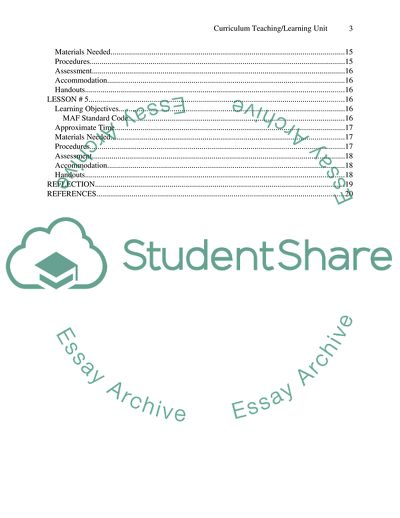Cite this document
(Multicultural Mathematics Curriculum Unit Term Paper Example | Topics and Well Written Essays - 2750 words, n.d.)
Multicultural Mathematics Curriculum Unit Term Paper Example | Topics and Well Written Essays - 2750 words. https://studentshare.org/education/1874880-multicultural-mathematics-curriculum-unit
Multicultural Mathematics Curriculum Unit Term Paper Example | Topics and Well Written Essays - 2750 words. https://studentshare.org/education/1874880-multicultural-mathematics-curriculum-unit
(Multicultural Mathematics Curriculum Unit Term Paper Example | Topics and Well Written Essays - 2750 Words)
Multicultural Mathematics Curriculum Unit Term Paper Example | Topics and Well Written Essays - 2750 Words. https://studentshare.org/education/1874880-multicultural-mathematics-curriculum-unit.
Multicultural Mathematics Curriculum Unit Term Paper Example | Topics and Well Written Essays - 2750 Words. https://studentshare.org/education/1874880-multicultural-mathematics-curriculum-unit.
“Multicultural Mathematics Curriculum Unit Term Paper Example | Topics and Well Written Essays - 2750 Words”. https://studentshare.org/education/1874880-multicultural-mathematics-curriculum-unit.


